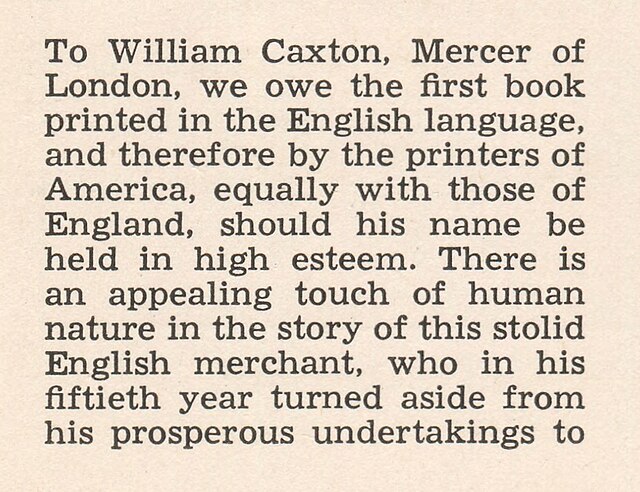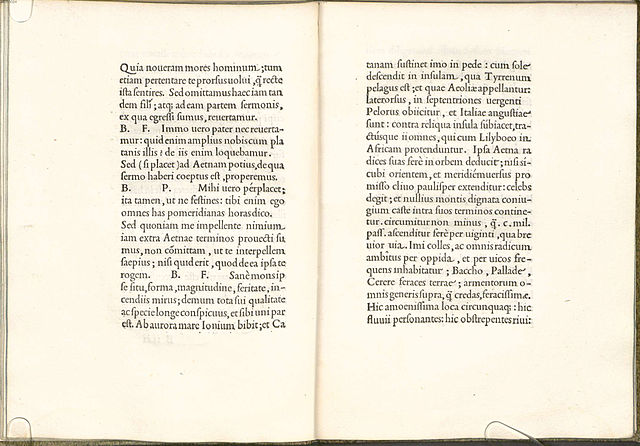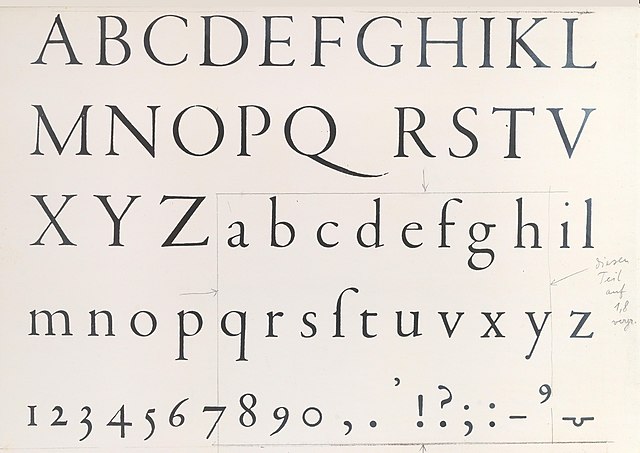Times New Roman is a serif typeface. It was commissioned by the British newspaper The Times in 1931 and conceived by Stanley Morison, the artistic adviser to the British branch of the printing equipment company Monotype, in collaboration with Victor Lardent, a lettering artist in The Times's advertising department. It has become one of the most popular typefaces of all time and is installed on most personal computers.
Twenty-two lines in Times New Roman compared to its predecessor "modern" serif font. Times appears larger on the page, with tighter linespacing and more solid in appearance.
Linotype's Legibility Group typefaces were becoming popular for newspaper printing around the time Times New Roman was created
A Ludlow Typograph specimen of Times New Roman Type Specimen from the metal type period. The design was altered in smaller sizes to increase readability, particularly obvious in the widened spacing of the six and eight-point samples at centre right of the diagram. The hollows at the top of upstrokes are also not seen in the standard digitisations.
Times Hever Titling from a Monotype specimen.
In typography, a serif is a small line or stroke regularly attached to the end of a larger stroke in a letter or symbol within a particular font or family of fonts. A typeface or "font family" making use of serifs is called a serif typeface, and a typeface that does not include them is sans-serif. Some typography sources refer to sans-serif typefaces as "grotesque" or "Gothic" and serif typefaces as "roman".
De Aetna, printed by Aldus Manutius
Title page printed by Robert Estienne
Gros Canon type by Garamond
1611 book, with arabesque ornament border








